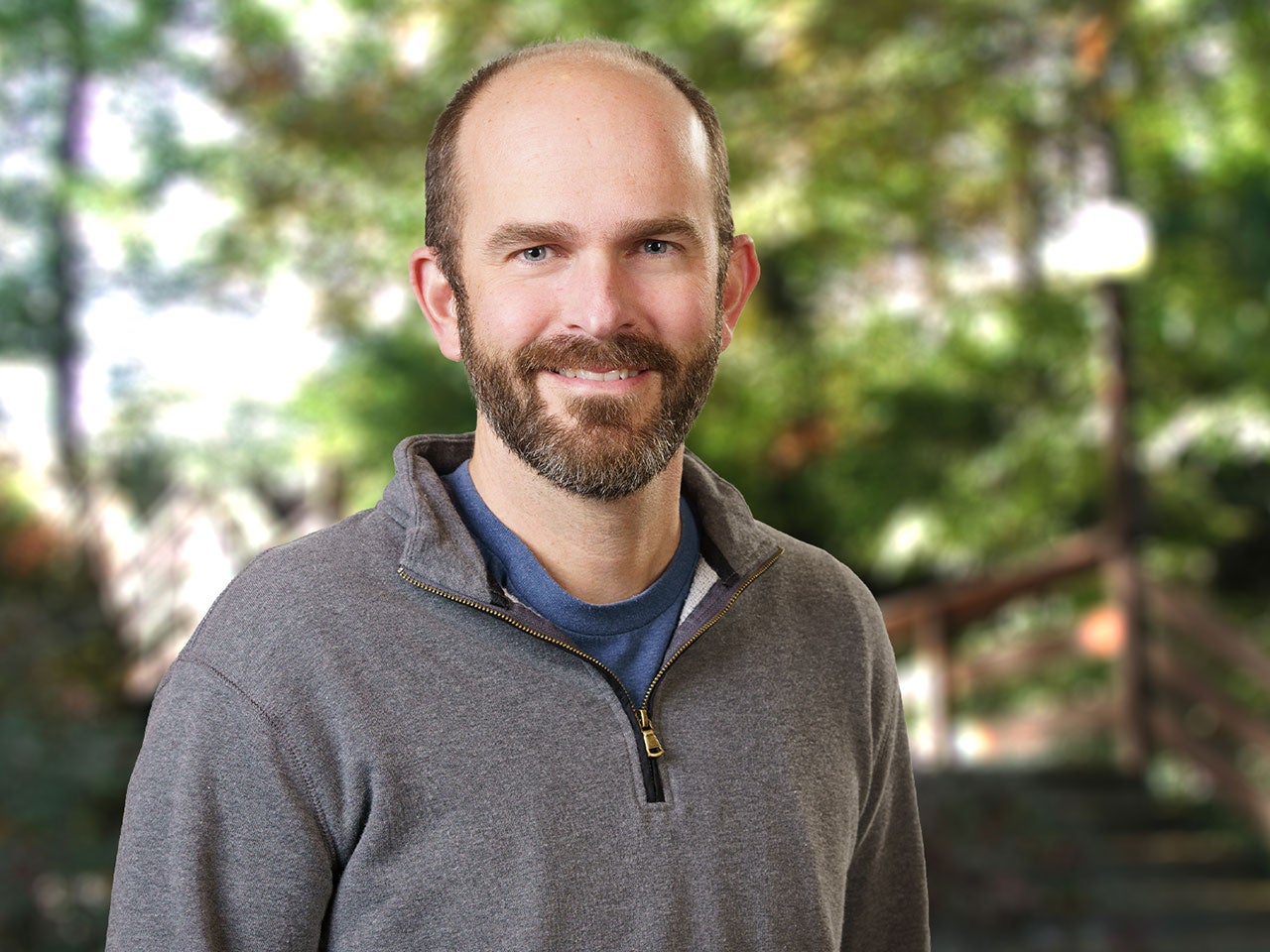If there’s one thing cancer knows, it’s growth. Over the last two decades, scientists have observed that many cancers progress by activating a set of proteins called YAP and TAZ, which control cell growth and organ size. When left uncontrolled, YAP/TAZ can lead to tumor formation. So, if you’re looking for new drug targets, why not start there? Targeting them directly, while possible, remains a challenge. Now, Cold Spring Harbor Laboratory Professor Christopher Vakoc and postdoc Olaf Klingbeil have found a workaround. They’ve successfully tested their new approach in the lab against some of the most common and deadly cancers.
Previous research aimed to target YAP/TAZ molecular interactions and directly inhibit their tumor-promoting function. Vakoc’s team wanted to find another way to go after them. Using a CRISPR screening strategy, they discovered that YAP and TAZ rely heavily on a second set of proteins called MARK 2 and MARK 3. Rather than interfering with the functions of YAP/TAZ directly, targeting MARK 2/3 reactivates their natural ‘off’ switch, called the Hippo signaling pathway.
“We found a way to engage YAP/TAZ earlier,” Klingbeil says. “MARK 2/3 inhibition can reactivate a suppressor pathway normally used by healthy cells, thereby preventing them from going to the nucleus and being active.”
Last year, Vakoc’s team transformed rhabdomyosarcoma cells into healthy muscle cells—a major advancement. However, this treatment strategy, known as differentiation therapy, is still a long way from the clinic. MARK 2 and MARK 3, on the other hand, are druggable targets, and their activity in a wider range of tumors will hopefully generate interest among pharmaceutical companies. Vakoc explains:
“This is a target for rare pediatric sarcomas that we’re very passionate about trying to solve. It’s also relevant in breast cancer. It’s relevant in lung cancer. It’s relevant in pancreatic cancer. Some of the most common human cancers and uncommon human cancers share this addiction to YAP/TAZ.”
Vakoc and Klingbeil found that by reactivating YAP/TAZ’s off switch, tumors don’t just stop growing. They actually shrink, and the cancer begins to disappear. The Vakoc lab now has a new drug target in its sights. In time, that could mean more effective treatments for thousands of patients and new hope for parents who want only to see their kids grow up healthy and cancer-free.
Written by: Communications Department | publicaffairs@cshl.edu | 516-367-8455
Funding
The Pershing Square Foundation, Sohn Conference Foundation, Simons Foundation, Thompson Foundation, Christina Renna Foundation, The Mary Ruchalski Foundation, Friends of T.J. Foundation, Michelle Paternoster Foundation, Daniela Conte Foundation, Maddie’s Promise Foundation, German Research Foundation, Lustgarten Foundation, CSHL-Northwell Health Affiliation, Northwell Health Tissue Donation Program, Cold Spring Harbor Laboratory Association, National Institutes of Health
Citation
Klingbeil, O., et al., “MARK2/MARK3 kinases are catalytic co-dependencies of YAP/TAZ in human cancer”, Cancer Discovery, July 26, 2024. DOI: 10.1158/2159-8290.CD-23-1529
Core Facilites
Principal Investigator

Chris Vakoc
Professor
Alan and Edith Seligson Professor of Cancer Research
Cancer Center Deputy Director of Research
M.D., Ph.D., University of Pennsylvania, 2007
